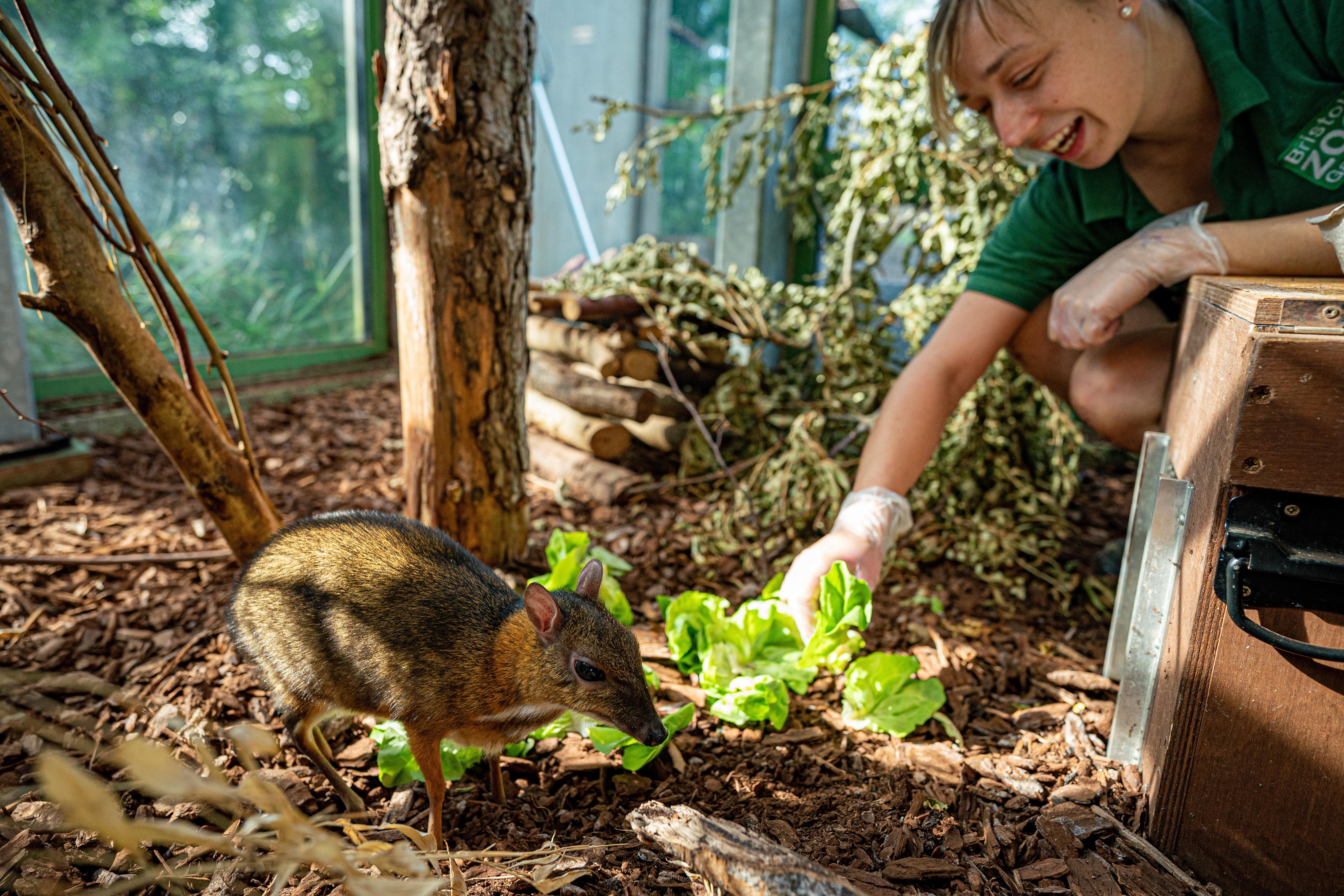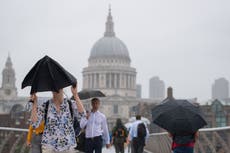Bristol Zoo: World’s fifth oldest zoo to close site after 186 years
‘Financial pressures caused by the pandemic’ prompted decision to close

Bristol Zoo will close after 186 years this weekend.
The zoo opened its doors in Clifton in 1836, making it the fifth oldest zoo in the world. It still has many of its original Victorian buildings, such as its gatehouse, old giraffe house and monkey temple.
Its owner, the Bristol Zoological Society made the decision to close it due to financial pressures caused by the pandemic, and focus its resources on its sister site in south Gloucestershire.
The society has owned the other location, the Wild Place Project, just off Junction 17 of the M5, since the 1960s, but for many years had only used it for breeding and quarantine purposes and it was not open to visitors.
Dr Grainne McCabe, head of field conservation and science, said the move will allow the zoo to expand its work protecting some of the world’s most threatened species.
“Bristol Zoo is one of those classic zoos – it originally started as a menagerie, as many zoos did, and it has a lot of history here,” she said.
The Gloucestershire was also used as a nursery for Bristol Zoo’s botanical gardens and to grow fodder for its animals.
But in 2008 the society submitted plans to the council for a 55-hectare walking safari park, and Wild Place opened five years later.
Staff at the zoo said they are sad to be leaving the famous Bristol city site, but are excited by the conservation opportunities presented by the more spacious facilities in Gloucestershire.
Dr McCabe said some of the animals might struggle with the change, but added: “I think that, in the end, it will be a much, much more enjoyable experience for them in a more natural enclosure, and so it really is the best thing for these animals to be moving up to this new site.”
She added: “With the move to the new zoo, what’s going to be really exciting is a lot more of our animals on site – over 80 per cent in the beginning and 90 per cent eventually – will be linked to our conservation work.”

Simon Garrett has worked at the Bristol Zoo for 32 years, having taken a summer job there in 1989, and is now head of public engagement.
He said Bristol Zoological Society will be forced to sell the Clifton site in order to expand Wild Place, but is keen to leave a lasting legacy in the city.
“We’re not just selling to a developer and running off with the money. Absolutely not,” he said. “This is something we’re working hard to make sure it’s part of our legacy we can be proud of.”
Under plans currently under consideration, the site would retain its botanic gardens and they would be open to the public free of charge on a daily basis.
It would retain famous structures such as the monkey temple, while the entrance buildings would be transformed into the “Clifton Conservation Hub”, hosting the Avon Gorge and Downs Wildlife Project.
The children’s play area and theatre building will also be kept open as a community space for workshops and events.





Join our commenting forum
Join thought-provoking conversations, follow other Independent readers and see their replies
Comments